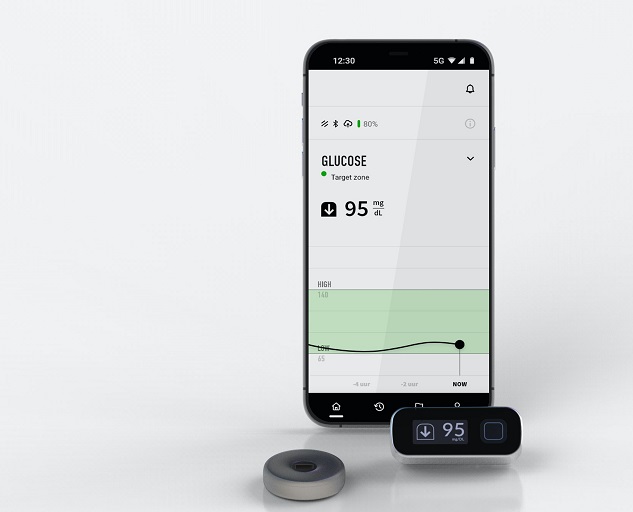Needle-free diabetes monitoring
According to the World Health Organization (WHO)(opens in new window), there are over 420 million people worldwide suffering from diabetes, and nearly 370 million at risk(opens in new window) of developing type 2 diabetes. The annual global expenditure for healthcare for the disease is approximately USD 760 billion. To reduce healthcare costs and minimise the associated comorbidities, diabetes management relies heavily on the continuous measurement of glucose levels in the blood. Many approaches and devices have been developed over the years, but they suffer from low patient compliance, are expensive or show great variability.
A subcutaneous sensor for diabetes management
The EU-funded DiaMOND project has developed the next generation of glucose monitors that provide round-the-clock glucose level and trend information. “We have developed the world’s first continuous multi-metabolite monitoring (‘CMM’) system for people living with diabetes to access accurate information on their glucose and other key metabolite levels at any given time,” explains Danaë Delbeke, project coordinator and CEO of Indigo Diabetes(opens in new window). The DiaMOND sensor is a small spectrometer on a chip, that uses nanophotonics technology to reliably measure ketones(opens in new window) and lactate(opens in new window), in addition to glucose. By incorporating information on fat metabolism and physical activity, the sensor aims to predict impending hypoglycaemic or hyperglycaemic events. The technical superiority of the DiaMOND sensor lies in its light beam: because it does not travel through skin or tissue, it does not induce tissue or skin light scattering. The sensor measures glucose in the interstitial fluid, the same matrix employed by other successful commercial devices. The sensor is expected to last for up to 2 years, and it connects wirelessly to mobile devices, sharing patient data with caregivers and family members. Importantly, the employed technology will guarantee a highly competitive price. When validated in a pig model, results demonstrated high accuracy in glucose measurements and remarkable correlation of lactate and ketone measurements with the blood reference measurements. The GLOW human clinical study on the ‘CMM’ sensor was listed on www.clinicaltrials.gov (ClinicalTrials.gov) under the identifier NCT04782934 and has been recently completed. A prospective, single-centre early feasibility study conducted at Antwerp University Hospital, Belgium, it was designed to evaluate the safety of the sensor and the short-term integration into the tissue. Data was also collected from the seven study participants and used to develop the device to allow real-time, continuous measurement of key metabolite levels in adults with diabetes. The GLOW study results are currently being analysed and due to be submitted for publication in the near future.
The first subcutaneous multi-metabolite sensor to enter the market
The main objective of the DiaMOND project was to promote the adoption of continuous glucose systems by overcoming the limitations of existing devices. The team generated a disruptive solution for the continuous multiple-metabolite monitoring that is not visible on the patient’s body and requires minimal patient input. The device merges metabolomics and digital therapeutics, in the form of an implantable continuous monitor. “To our knowledge, it is the first subcutaneous multi-metabolite sensor, and its application can extend beyond diabetes to monitor other diseases such as autoimmunity,” emphasises Delbeke. Immediate plans include the finalisation of the human study to proceed with product industrialisation. The team has also received additional funding(opens in new window) to support the ongoing development of the multi-metabolite sensor. Furthermore, partners are preparing the strategy for the fast introduction of the sensor to the market. Obtaining real-life data will further strengthen the safety, robustness, and reliability of the sensor. Disclaimer: Not FDA cleared, not CE marked. Product under clinical investigation. Product not available on the market, not for sale.







